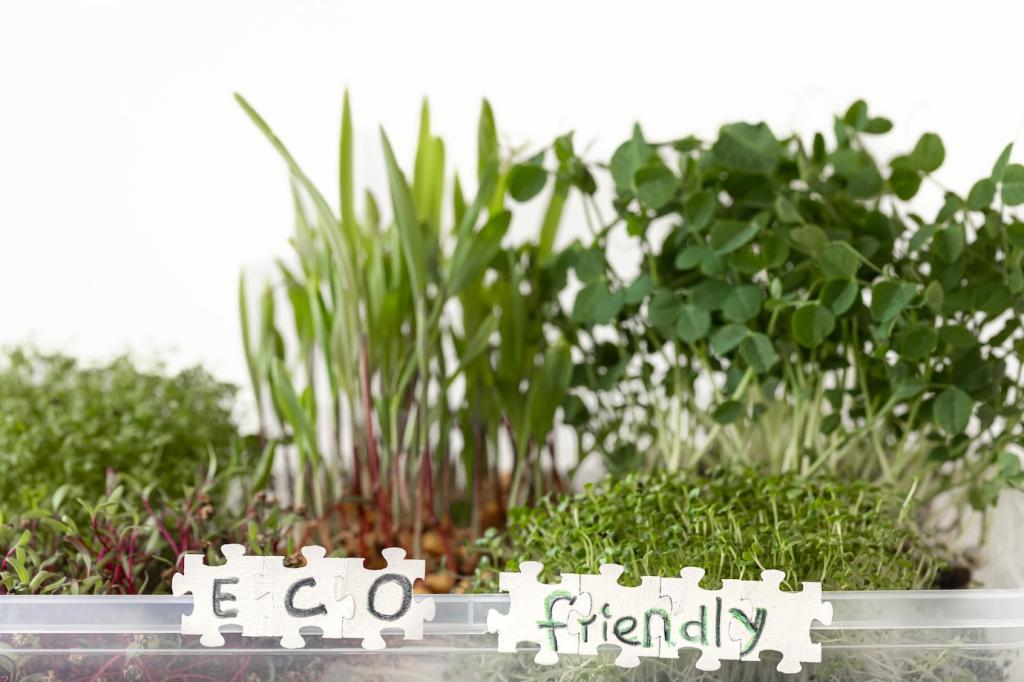Design That Works Hard: Space, Storage, and Multi-Use Magic
Prioritize an uninterrupted circulation path, generous windows on two sides, and clear zones for cooking, resting, and work. Pocket doors, sliders, and loft ladders save swing space, while continuous flooring visually expands the room and reduces waste during installation.
Design That Works Hard: Space, Storage, and Multi-Use Magic
Think convertible sofa-beds, lift-top tables, and stairs with drawers. A fold-down desk beside a daylight window encourages focus, then disappears for dinner. Durable, reclaimed pieces offer character and affordability while supporting the green ethos you set out to live.







